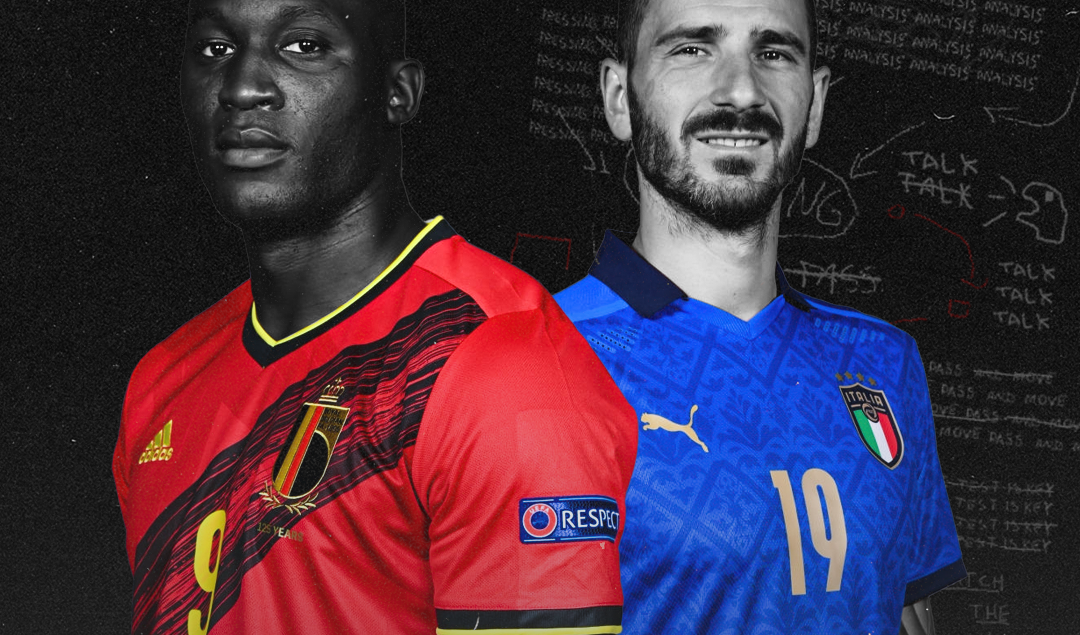A Quick History of the FIFA World Cup
The FIFA World Cup is known for being the biggest soccer competition in the world. It sees national sides from all over the globe compete for glory in a tournament that runs every 4 years.
As well as displaying some fantastic talents, the tournament also makes for some very exciting betting opportunities, and there are plenty of places you can check out soccer odds online. In this article, we’re going to be taking a trip back into the past and looking at the history of the FIFA World Cup.
In the Beginning…
The first-ever FIFA World Cup was held in 1930 in Uruguay when Jules Rimet, the president of FIFA at the time, decided to create a more structured and competitive international soccer competition. At this point in history, Uruguay was the best national team in the world, having been crowned the world champions at the previous two Olympic games.
Uruguay ended up winning the inaugural tournament, beating Argentina in the final and leaving the United States in third. However, this was a humble beginning for the FIFA World Cup because only 13 teams were able to participate in the tournament.
Some European national teams couldn’t compete because of how difficult it was to travel to South America at the time. Still, the fuse was definitely lit in 1930 for some exciting tournaments to take place in subsequent years.
World War Era
The 1942 FIFA World Cup was the first to have complications due to World War II. In fact, there were so many international political complications that the tournament didn’t even go ahead and FIFA was left struggling to stay afloat, financially.
Even in 1946, when the war had ended, FIFA simply didn’t have the capabilities to host a World Cup and so the tournament continued its hiatus into the next decade.
Post-War Era
Thankfully for soccer fans around the world, the FIFA World Cup returned in 1950. As you can probably imagine, selecting a host nation was a delicate business after such a long period of international trouble but eventually, Brazil was decided to host the tournament.
This tournament saw 16 teams take part, with half of the places being allocated to European countries who now had better means of traveling to South America. Unsurprisingly, it was Uruguay who again took home the trophy, beating out the hosts, Brazil, in the final.
The following World Cup in 1954 saw a great technological advancement in the tournament’s history, as it was the first to be televised. The Switzerland-based tournament saw West Germany take first place with Uruguay falling to a disappointing fourth.
1960-1980
The 1966 World Cup is incredibly significant to English soccer fans, given that it’s the only time England has ever won the tournament. This year also saw England host the tournament for the first time, meaning the eyes of the whole nation were on the players as they saw off West Germany in a thrilling final.
However, this World Cup also saw some controversy before the tournament had even started, with the prestigious trophy being stolen. Thankfully, a dog named ‘Pickles’ was the nation’s hero after he found the trophy hidden in a bush at his local park.
The FIFA World Cup in the 1960s also saw great progress for social change in the sport of soccer. South Africa was banned from the 1966 tournament for violating the anti-discrimination charter and North Korea was the first Asian team to reach the quarter-finals, giving hope to a whole new generation of soccer players.
At this point in history, the FIFA World Cup was a household name and the tournament ran consistently every four years. By 1978, 95 nations competed fiercely to qualify for one of the 14 places in the tournament, making it one of the most competitive soccer tournaments in history.
Eventually, it was another host nation, Argentina, who won the trophy and beat out a Netherlands side captained by the iconic, Johan Cruyff.
1980-2000
The 1982 FIFA World Cup saw the first expansion to 24 teams, to accommodate the greater competitiveness in qualifying. 1986 saw one of the tournament’s most controversial moments when Argentina legend, Diego Maradona, used his hand to score in the quarter-finals against England.
Despite the protests of English players, the referee didn’t see the action (later nicknamed ‘the hand of God’), and Argentina went on to win the tournament.
Remarkably, it wasn’t until the 1994 World Cup that the final match was decided by a penalty shoot-out, with Brazil taking home the trophy after beating Italy.
2000-Today
In the 21st century, great technological and social changes have taken place in the structure of the FIFA World Cup. 2014 saw the first implementation of goal-line technology, which eliminated any close decisions about whether the ball crossed the goal line.
Then, in 2018, FIFA introduced the video assistant referee (VAR) system which helped to cut down on even more potential mistakes by officials.
Conclusion
The FIFA World Cup has had a rich history and has undergone numerous changes since the first tournament was held. The only thing that has remained consistent across all those years is how prestigious the title is considered and how fiercely it is competed for every four years.
By: Melanie Ocasio
Featured Image: @GabFoligno / Alexander Scheuber – UEFA / Guido De Bortoli – UEFA
